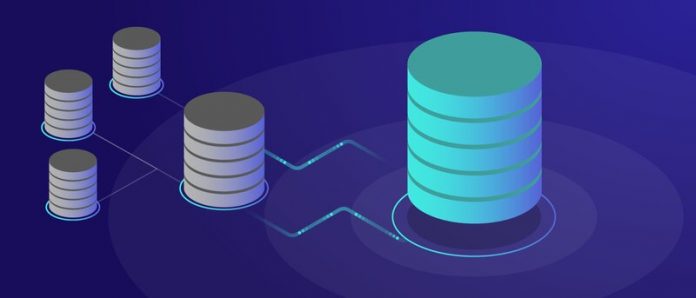Backup and Restore play an important role in Migration of Oracle Database
Providentially Oracle provides many methods to perform this task, again, it all depends on how we want to do it and it depends on the requirements we have. But there are simple solutions and complex solutions; we are going to see some of them in a general way and without going into the details of each one.
Simple Direct copy:
Assuming that the new server is exactly the same as the previous one regarding software versions (operating system, database, patches, etc.) in theory if we copy all the data files, control files, redo logs, etc. the database should function properly. Personally, we would not use this option because something is always missing, a patch, a parameter, etc.
Export / Import (DataPump):
This could also be complex but normally an export of the user (s) of the application is made and imported into the other database, we think it is one of the simplest that can exist, besides that, we can export a version previous to the new database for example from 9i to 12c. The only problem with this option is that we must have more or less the same disk space as the current database to be able to do the export; For example, in a 30Gb database, maybe it is convenient to do it, but in an 800Gb or 1Tb database it is no longer so practical to do it, and if you also have to transfer the export file (s), it would be much longer.
Using RMAN Duplicate:
RMAN is an Oracle utility to execute backups / restore. An alternative that is very interesting is the “duplicate” and as its name says it duplicates a database to another server. Basically how it works is as follows: a backup of the “source / original” database is made, once with the backup saved on the tape / disk / etc the rest of the work is done on the “destination / new” server “, The destination must have the Oracle software installed, configure the tnsnames.ora to access the” source “database, copy the init.ora from the source to the destination (to have the same configuration) and make the necessary changes to the file (change the destination of the control files, memory, etc.), 2 parameters for the duplicate (db_file_name_convert and log_file_name_convert) are added to the init.ora, the spfile is created and an RMAN script is created to duplicate the database.
The script is executed in the destination database and basically, the script or RMAN looks for the backup that we made of the source and makes a restore to the destination of all the files, makes a recover of the base until the time / scn / etc that it let’s say and leave the new database ready to work with.
Personally, this is a preferred method to “refresh” environments for example from production to QA or development, it is fast (well it depends on certain factors network/server / disks / etc) and simple since once you have the scripts it is just a matter run them and RMAN takes care of everything.
Important:-
Many steps are not mentioned and some configuration has to be done for this to work correctly.
Simple Backup / Restore:
It is very similar to duplicate, but we have to do almost all the steps manually, make a backup of the source, do the restore on the destination, recreate control files, do recover, etc.
Above are tools to perform Oracle migration. Some the simple and some of the complex methods. Always, perform tests before migrating the production database. You can perform both simple and complex methods for testing. Check the time of your whole task. Compare the timing of every tool. Then you will be able to decide which is the best tool for your production database for performing a migration.
When you want to make a strong Oracle DBA career then you should be aware of database services and other database technology. Without having knowledge of Oracle internals, Oracle performance tuning, and skill of Oracle database troubleshooting you can’t be an Oracle DBA expert. This expert DBA Team club blog always provides you latest technology news and database news to keep yourself up to date. You should need to be aware of Cloud database technology like DBaaS. All Oracle DBA tips are available in a single unique resource at our orageek. Meanwhile, we are also providing some sql tutorials for Oracle DBA. This is the part of Dbametrix Group and you would enjoy more advanced topics from our partner resource.






